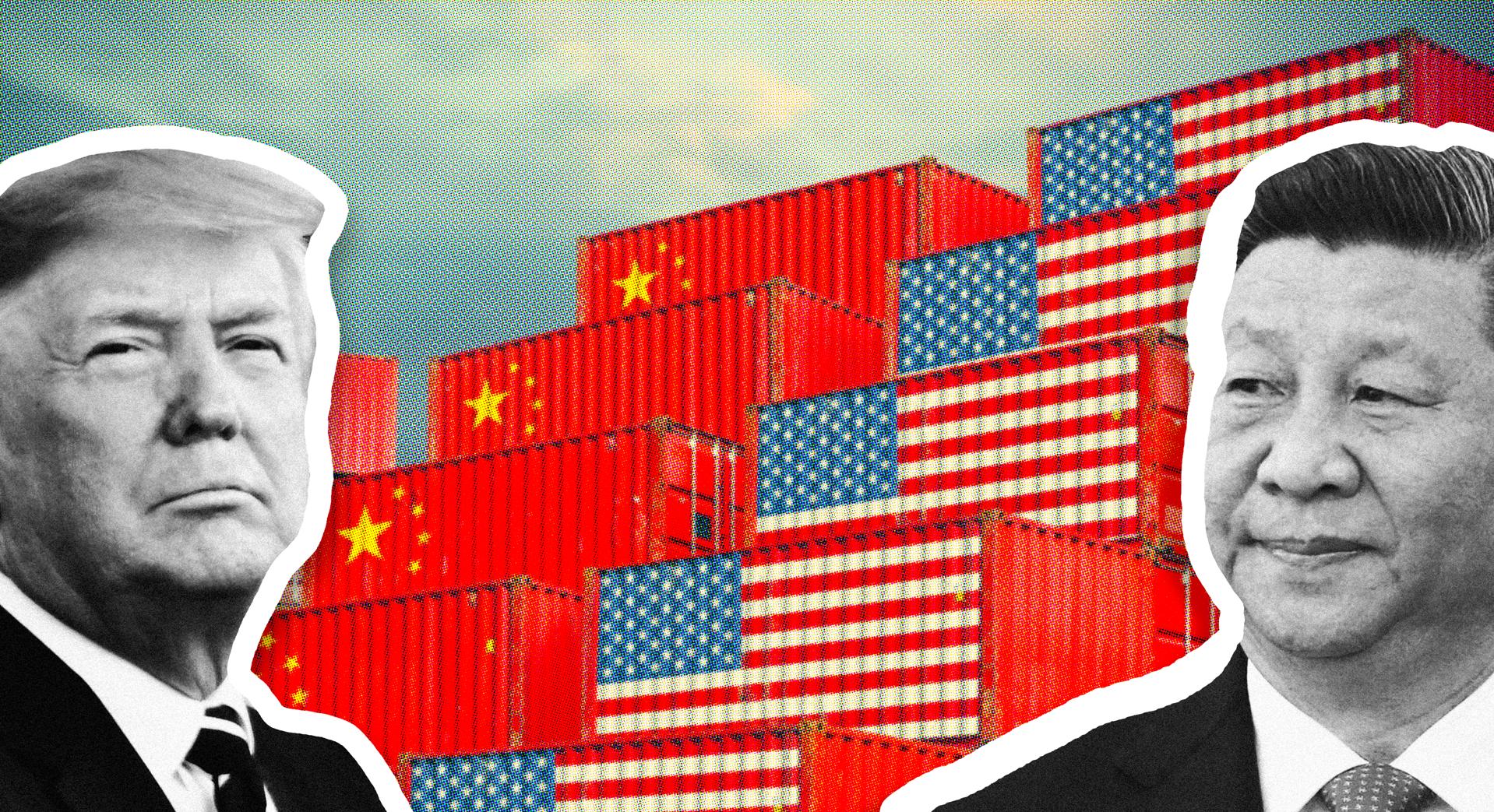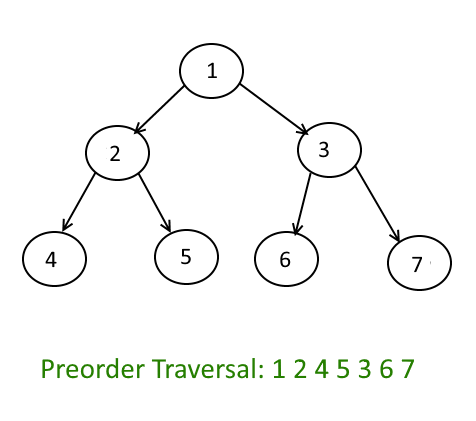The Trump Tariff Impact: CEO Warnings And Consumer Sentiment

Table of Contents
CEO Warnings and Corporate Strategies in Response to Trump Tariffs
The introduction of Trump tariffs sent shockwaves through corporate America, prompting anxieties and forcing CEOs to adapt their strategies. The increased costs and uncertainty created a challenging environment for businesses of all sizes.
Impact on Manufacturing
The manufacturing sector bore the brunt of the Trump tariffs. Increased costs of imported materials, a key component for many manufacturers, led to several consequences:
- Increased material costs: The tariffs directly increased the price of raw materials and components sourced from affected countries, squeezing profit margins.
- Relocation of production facilities: Many manufacturers considered, and in some cases implemented, relocating their production facilities to countries outside the tariff's scope to maintain competitiveness. This led to job losses in the US.
- Job losses: The increased costs and reduced competitiveness resulted in factory closures and layoffs across several manufacturing sectors.
- Price increases for consumers: To offset increased production costs, manufacturers passed on the increased expenses to consumers through higher prices for finished goods.
Examples include Harley-Davidson, which relocated some production overseas to avoid EU retaliatory tariffs, and Whirlpool, which faced increased costs for imported steel and aluminum. These companies, among many others, engaged in extensive lobbying efforts to mitigate the impact of the tariffs.
Impact on Retail and Consumer Goods
The retail sector also felt the impact of the Trump tariffs. Increased prices for imported goods led to several significant changes:
- Increased prices for imported goods: Consumers faced higher prices on a wide range of products, from clothing and electronics to furniture and household goods.
- Decreased consumer spending on discretionary items: Faced with higher prices, consumers reduced spending on non-essential goods, impacting retail profits.
- Impact on retail profits: Reduced consumer spending, coupled with increased costs for retailers sourcing goods from affected countries, significantly lowered profit margins.
- Strategies employed by retailers to mitigate losses: Retailers employed various strategies to mitigate losses, including price adjustments, sourcing alternatives, and focusing on promoting domestically produced goods.
Impact on the Agricultural Sector
The agricultural sector was particularly vulnerable to the Trump tariffs, especially due to retaliatory tariffs imposed by other countries. This led to:
- Reduced exports: Retaliatory tariffs significantly reduced US agricultural exports, impacting farmers' income.
- Decreased farm income: The drop in exports, coupled with increased input costs, resulted in decreased income for many farmers and agricultural businesses.
- Government subsidies: The government implemented various subsidy programs to support farmers affected by the tariffs, but these measures did not fully offset the losses.
- Impact on food prices: While some food prices increased due to tariffs on imported ingredients, others remained relatively stable due to abundant domestic production.
Shifts in Consumer Sentiment and Spending Habits Due to Trump Tariffs
The Trump tariffs' impact extended beyond corporate boardrooms, significantly impacting consumer sentiment and spending habits.
Impact on Consumer Confidence
The uncertainty and increased prices stemming from the tariffs had a measurable impact on consumer confidence:
- Decreased consumer confidence due to economic uncertainty: Surveys showed a decline in consumer confidence indices as consumers grew concerned about rising prices and the overall economic outlook.
- Impact on consumer spending forecasts: Economists revised downward their forecasts for consumer spending due to the negative impact of the tariffs.
- Impact on borrowing and saving behaviors: Some consumers responded by decreasing borrowing and increasing saving to cope with the increased cost of living.
Changes in Consumer Spending Patterns
Consumers adapted to the new economic reality by altering their spending habits:
- Increased focus on budget-friendly brands: Consumers shifted towards cheaper brands and retailers to save money.
- A shift toward domestically produced goods: Many consumers consciously chose domestically produced goods to avoid the higher prices associated with imported items. This boosted some domestic industries.
- A decrease in discretionary spending: Consumers reduced their spending on non-essential goods and services, focusing on necessities.
- Changes in shopping habits: Consumers engaged in more price comparisons and actively sought out deals and discounts.
Conclusion
The Trump tariffs had a multifaceted impact, triggering warnings from CEOs across various sectors and causing noticeable shifts in consumer sentiment and spending habits. The increased costs of imported goods, coupled with uncertainty, led to decreased consumer confidence and altered purchasing behavior. The long-term effects of these trade policies continue to be analyzed and debated.
Call to Action: Understanding the lasting consequences of the Trump tariffs is crucial for navigating future trade policies. Further research into the long-term effects of these tariffs and their impact on different economic sectors is needed. Continue to follow industry news and analysis to stay informed about the evolving landscape of Trump tariffs and their potential future implications. Analyzing the impact of similar trade policies around the world is also essential to avoid repeating past mistakes.

Featured Posts
-
 Nato Membership For Ukraine Trumps Skepticism And Future Prospects
Apr 26, 2025
Nato Membership For Ukraine Trumps Skepticism And Future Prospects
Apr 26, 2025 -
 Economic Uncertainty Trumps Impact On The Next Fed Chairs Agenda
Apr 26, 2025
Economic Uncertainty Trumps Impact On The Next Fed Chairs Agenda
Apr 26, 2025 -
 A Timeline Of Karen Reads Murder Trials
Apr 26, 2025
A Timeline Of Karen Reads Murder Trials
Apr 26, 2025 -
 Nintendo Switch 2 Preorder Waiting In Line At Game Stop
Apr 26, 2025
Nintendo Switch 2 Preorder Waiting In Line At Game Stop
Apr 26, 2025 -
 Game Stop Switch 2 Preorder My Old School Approach
Apr 26, 2025
Game Stop Switch 2 Preorder My Old School Approach
Apr 26, 2025
